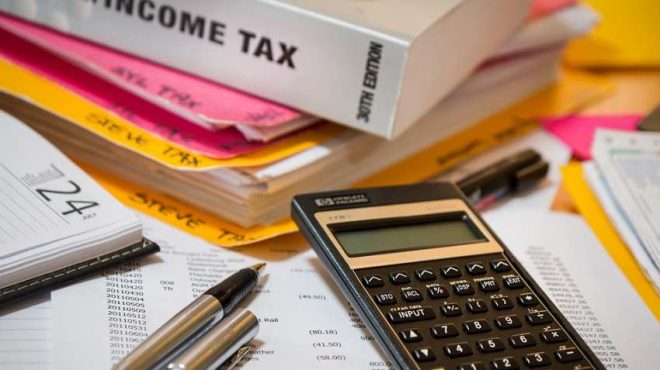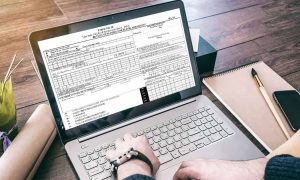ITR Filling 2024: The process to file income tax returns for FY 2024 began on April 01, with the commencement of ney financial year. The Income Tax (I-T) department has released tax return forms and lakhs of taxpayers have submitted their income tax returns so far as well. A taxpayer must have much awareness about the ITR form suited according to his earnings and exemptions that he is liable for. and most importantly he should have a clear distinction between the old tax regime and the new tax regime. Both regimes have their pros and cons, and taxpayers need to choose one at their convenience. Earlier, there was news in circulation that the new tax regime would be a default regime for new taxpayers, however, the Income Tax Department has issued a Form- Form 10-IEA- for taxpayers who want to return to the old tax regime.
What is Form 10-IEA?
If a person wants to go back to the old tax regime, he or she will have to fill out a new form, Form 10-IEA. Earlier, the new tax system was first presented under the Union Budget 2020. According to the recently released tax return forms, apart from selecting the ‘old system’, individuals who want to ‘opt out’ of the new tax system will have to fill out a separate form. If a person fails to do so, it will be considered that the tax will be calculated under the new tax system. Normally, by default, the new tax system is selected.
Read More: GST on online gaming: Full rollback of 28% tax unlikely
When to fill out Form 10-IEA?
Salaried professionals need to fill out this form by July 31, 2024. This is the deadline for filing tax returns. If you need to file your ITR return before this date, you will need to submit this form before then. However, you can also file your tax return as a late return until December 31, 2024, for which you will have to pay a late fee. But keep in mind that if you file your return late, you will not be able to make changes to the tax system. To make a change to the tax system, you will need to submit the form by July 31st only.
This form will ask for your PAN details. Along with that, you will need to fill out your tax status (Individual, HUF, Resident, etc.). In addition, you will also be asked if you have made any changes to the tax system before.
Benefits of the old tax regime
If you wish to claim tax exemption on things like medical insurance, home loan deduction, tuition, rent, leave travel allowance, etc. under Section 80C, and Section 80D, then you should file an ITR in the old tax system. In the new tax system, you will only get the benefit of a standard deduction of Rs 50,000 and a lower tax rate.
Read More: ITR Filing 2024: How cryptocurrency gains are taxed in India
Documents needed to fill form 10-IEA
Form 10-IEA asks for some extra details including Permanent Account Number (PAN), tax status (individual, Hindu Undivided Family (HUF), resident, etc.). Further, if any tax benefits are being claimed for the International Financial Services Center (IFSC). In addition, the form also asks about an individual’s history of switching in and out of the old or new tax system.
It is important to note that an individual must submit this form before the tax filing deadline of July 31, 2024, which is the deadline. Because, if someone misses the last tax filing date of July 31 and then realizes that the old tax system was more beneficial and aims to switch to the old system, they cannot do so then.
Meanwhile, tax rates for low-income groups are also lower under the new tax system. The basic exemption limit of Rs 2.5 lakh is applicable, and income up to Rs 5 lakh is taxed at 5.2% under the new tax system. Under the new tax system, 10.4% tax is deducted on income between Rs 5 lakh to Rs 7.5 lakh. However, under the old tax system, individuals earning Rs 5 lakh to Rs 7.5 lakh had to pay a higher tax rate of 20% with 78 allowable deductions and tax exemptions.





































